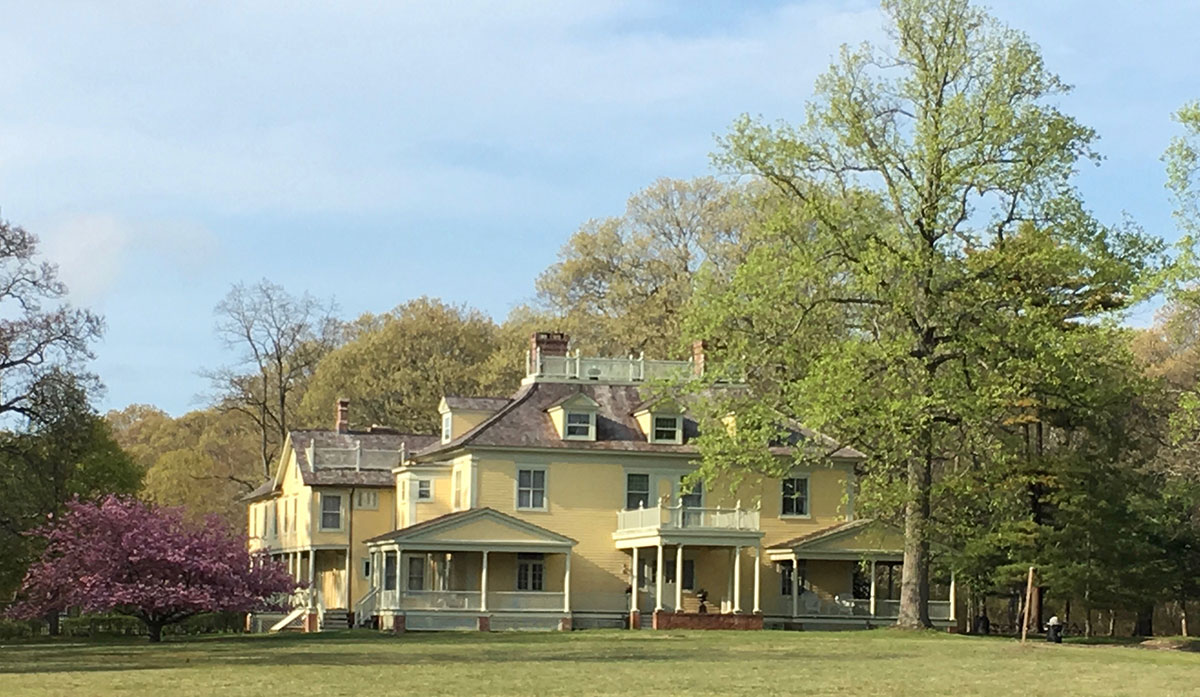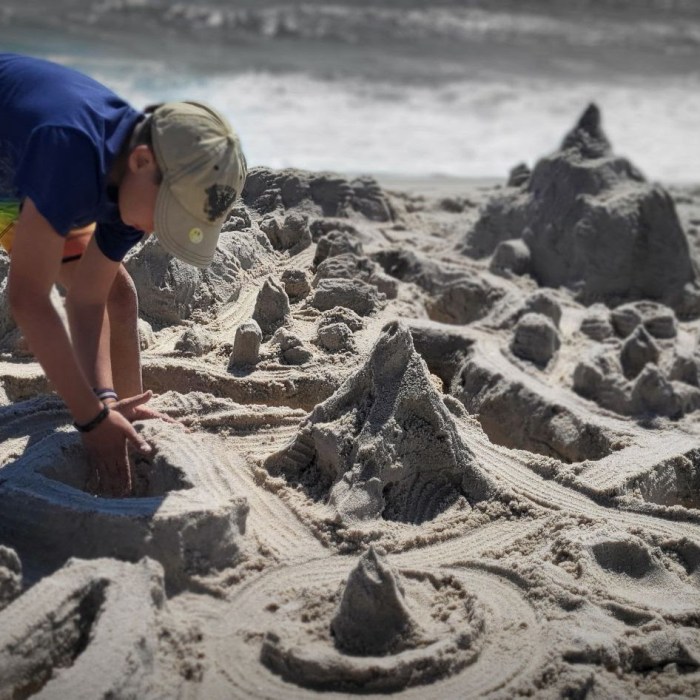It was the summer of 1903, and Theodore Roosevelt had served less than two years of his presidential term. After President William McKinley’s assassination in 1901, Roosevelt unexpectedly came into office. During his brief time in office, he found himself amid a congressional fight to create the Department of Commerce and Labor, negotiate an end to the 1902 Coal Strike that brought the country’s industry to a standstill, and create a treaty with Panama to construct a canal for United States trade.
Additional tensions within the Roosevelt White House came from elder statesmen and southern segregationists who criticized him for inviting African American activist Booker T. Washington to dinner at the White House. Building on these tensions, his six kids were stir-crazy in the White House. Staff nagged Roosevelt with complaints about his children sliding down the stairs on cookie sheets, defacing the White House art by drawing mustaches on the portraits, and having their various pets run wild through the hallways.
When confronted about his daughter Alice’s mischief, Roosevelt told the staffers: “I can do one of two things. I can be President of the United States, or I can control Alice. I cannot possibly do both.” To reduce stress from the daily demands of the presidency, Roosevelt moved the White House to his beloved estate, Sagamore Hill, during the summer months. However, the demands of children and a tight work schedule produced significant challenges. Roosevelt desperately needed a vacation.
In late June 1903, Roosevelt was engaged in daily correspondence with his cousin John Ellis Roosevelt, who lived on the Meadowcroft estate in Sayville. Meadowcroft was on the south shore near the South Side Sports Club (current day Connetquot River State Park Preserve) and across the bay from the White House Hotel and Resort on Water Island (Fire Island).
With a love for the outdoors and a desire to explore the South Side Sports Club frequented by former president Chester A. Arthur and Grover Clevland, Roosevelt visited Meadowcroft on July 24, 1903. Leaving his Sagamore Hill home at 2:30 a.m. in the rain, Roosevelt departed on his favorite horse, Bleistein, accompanied by his wife Edith and oldest son Theodore Jr., riding their favorite steads for 40 miles to Meadowcroft.
Eluding his secret service agents, Roosevelt and his family cut through Smithtown, Ronkonkoma, and made his way south into the heart of Sayville around 6 a.m. The first person to notice Roosevelt was local milkman John Bientema, who said, “It’s a fine morning, sir.” in reply, Roosevelt said, “It is”.
His visit marked the first time a sitting president came to Sayville, which sparked local onlookers. Roosevelt and his family met with his cousins at Meadowcroft and had a brief breakfast by Lotus Lake on Main Street. Once breakfast was concluded, they wasted no time and embarked from the bay on a sloop for afternoon fishing. After catching four weakfish, they sailed back and had a few drinks in the Sayville Inn (It was rumored that Roosevelt’s preferred drink was whiskey and milk). Once at the Inn, secret service agents successfully tracked Roosevelt and closely watched him during the rest of his duration in Sayville. After drinks and food, John took them on a ride in their car through Bayport; Theodore expressed his dislike for the automobile and preferred the horse for travel.
The conversation then shifted to the South Side Sportsman Club’s stocked trout species, the fishing parties that embarked from the Davis Inn on Fire Island, and the Water Island resort White House Hotel, which he would have his family frequent at a later time.
Roosevelt and his family returned to Sagamore Hill the following day at 4 a.m. The Suffolk County Review editor, in a column about that president’s visit, summarized his staycation as: “This is the virile advocate of the strenuous life, the man who, whether at work or play, does it with all his might and who typifies the hustling spirit of Americanism.”




























